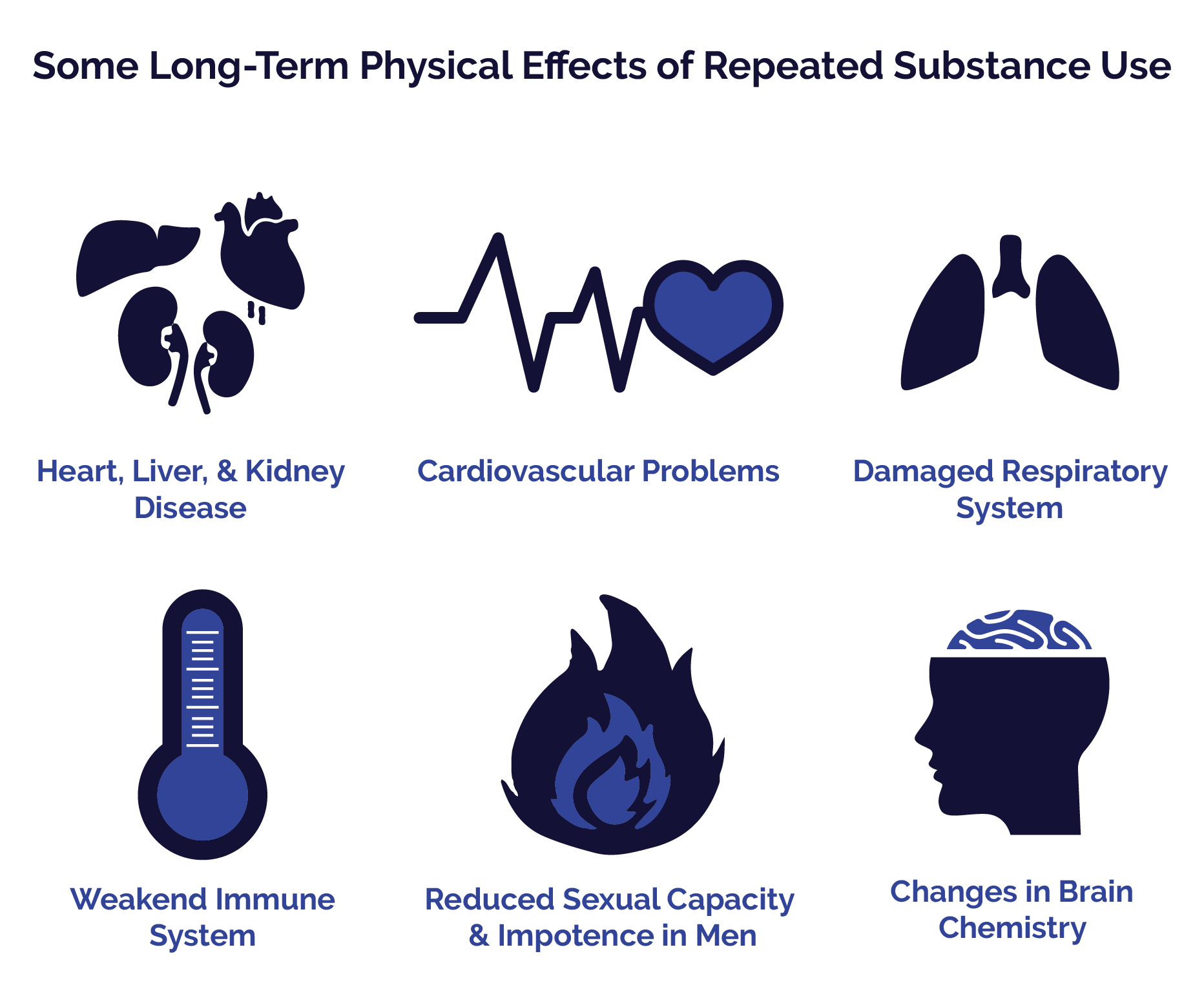Unraveling the reasons behind the widespread substance abuse among today’s teens unveils a blend of social, psychological, and environmental factors. Delving into these influences provides insight into the complex issue of teen substance misuse.
The Impact of Early Substance Use
According to the CDC, a significant portion of adults with substance use disorders initiated their usage during their teenage and young adult years. This highlights the critical role of addressing youth high-risk substance use to mitigate potential long-term health consequences. Youth struggling with substance use disorders face higher rates of physical and mental illnesses, affecting their overall well-being and potentially leading to addiction.

Statistics Paint a Concerning Picture
The statistics emphasize how urgent this problem is even more. A staggering, 15% of high school kids said that they have used certain illegal or injectable narcotics, and 14% said they had misused prescription opioids. Youth who use drugs in general run the risk of overdosing and are especially at risk for HIV if they inject drugs.
Unpacking the Risk Factors
Several risk factors contribute to high-risk substance use in youth. These include a family history of substance use, favorable parental attitudes towards the behavior, poor parental monitoring, parental substance use, and associations with delinquent or substance-using peers. Additional factors include low academic achievement, childhood sexual abuse, mental health issues, and family rejection of sexual orientation or gender identity.
Peer Pressure and Social Dynamics
Teenagers often turn to drugs and alcohol in social settings to relax and lower inhibitions. Peer pressure and a desire to fit in can lead some to experiment with substances. Understanding these social dynamics is crucial for parents and guardians to support their teens effectively.

Addressing Emotional Pain and Transitions
Life transitions and emotional struggles, such as moving, divorce, or trauma, can be pivotal moments where teens may turn to substances for relief. Open communication, increased monitoring, and creating opportunities for bonding can help teens navigate these challenges without resorting to substance use.
The prevalence of substance abuse among teens is a complex issue with a range of contributing factors. By recognizing these elements, we can take proactive steps to support and guide our youth toward healthier choices. Through open communication, strong family bonds, and a nurturing environment, we can empower teens to make informed decisions and lead fulfilling lives, free from the grips of substance addiction.
Edited by Hanna Nishikawara
SOURCES:
Teen Drug Addiction | Drug Addiction Treatment Program CA
Why Are the Brains of Teens and Young Adults So Prone to Addiction and Its Deadly Consequences?
Is Teen Substance Use Normal? – Partnership to End Addiction
High Risk Substance Use in Youth | Adolescent and School Health | CDC
Why Do Teens Use Drugs? | Get Smart About Drugs
Why are youths resorting to substance and drug use? – CHOC – Children’s health hub
